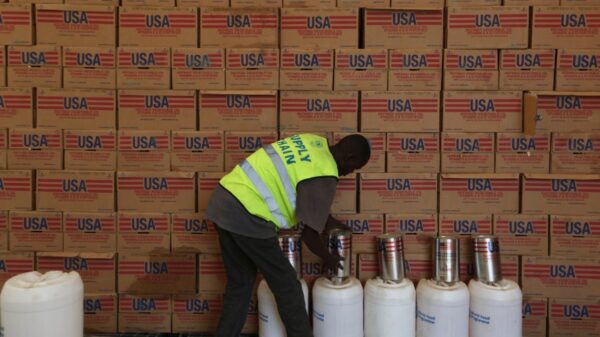A team of researchers at Stanford University has developed a new design for a self-strengthening, muscle-like hydrogel. This innovative recipe enables the gel to rapidly reinforce itself when subjected to mechanical stress, significantly enhancing its stability and durability. The advancement combines computational modeling, information analysis, and experimental research to create a material that mimics the dynamic properties of biological muscle.
The hydrogel, which has potential applications in various fields including robotics, medicine, and materials science, demonstrates an impressive ability to adapt and strengthen under load. This characteristic is particularly important for applications that require materials to withstand varying degrees of stress while maintaining their structural integrity.
Advancements in Material Science
The new design guidelines address critical requirements for material performance. By integrating computational techniques with hands-on experimentation, the researchers have established a framework that allows for the precise manipulation of the hydrogel’s properties. This approach not only improves the gel’s response to stress but also enhances its overall functionality in real-world applications.
The research team conducted a series of tests to measure the hydrogel’s performance under different conditions. Findings revealed that the gel could increase its strength by as much as 30% when exposed to mechanical stress, making it a promising candidate for use in soft robotics and other technologies that require flexibility and resilience.
Future Applications and Impact
The implications of this research extend far beyond academic curiosity. With its enhanced strength and stability, the hydrogel could revolutionize various industries, including healthcare, where it may be used for tissue engineering and regenerative medicine. Additionally, its potential role in developing advanced robotic systems could lead to more adaptable and efficient machines.
Researchers emphasize that this breakthrough is just the beginning. As they continue to refine their techniques and explore new applications, the full impact of this innovative hydrogel will become clearer. The strategic integration of computational and experimental research heralds a new era in material science, offering exciting possibilities for the future.
With ongoing developments, the team at Stanford University aims to collaborate with industry partners to explore commercial applications. The hydrogel’s unique properties could pave the way for advancements that enhance both technology and quality of life across multiple sectors.



































































